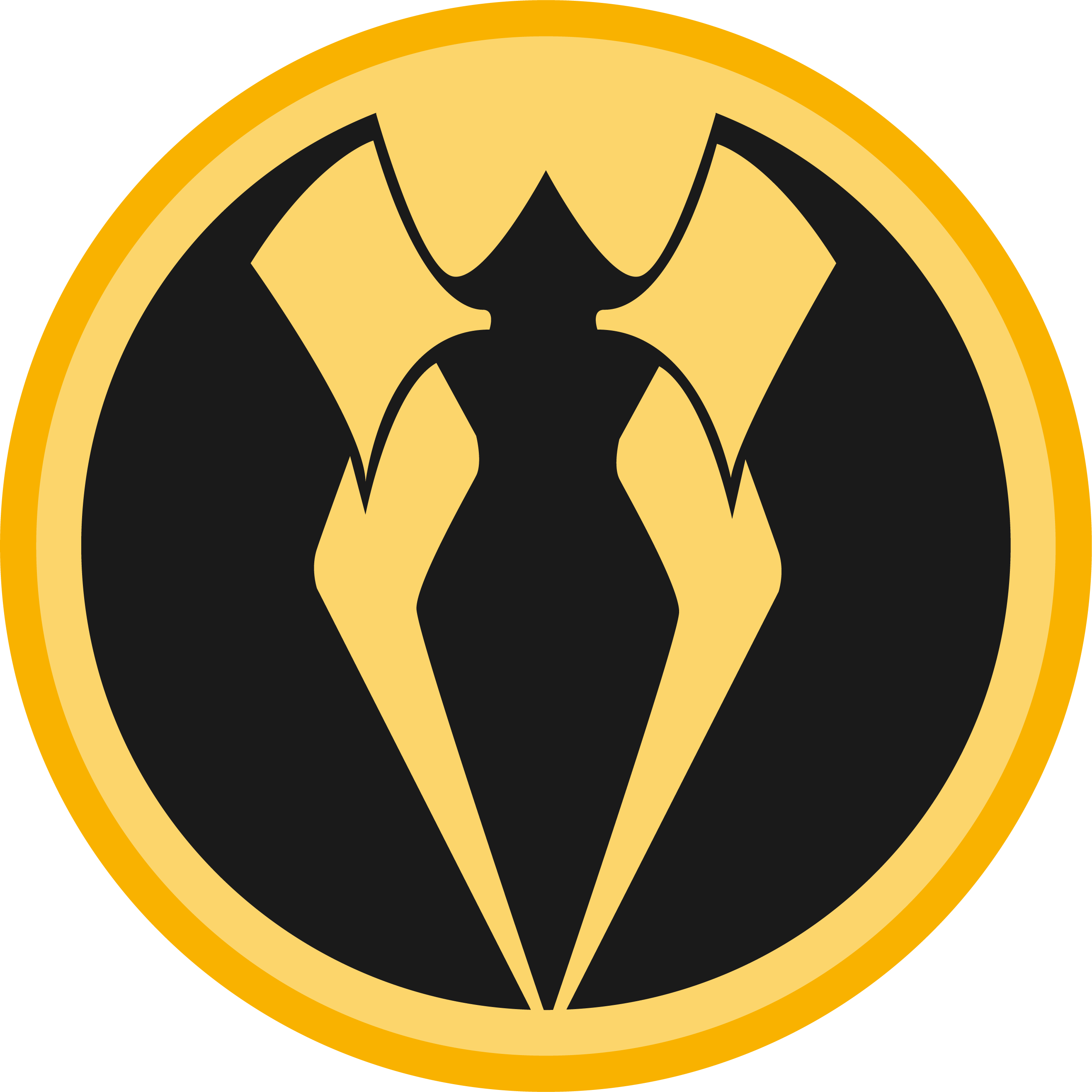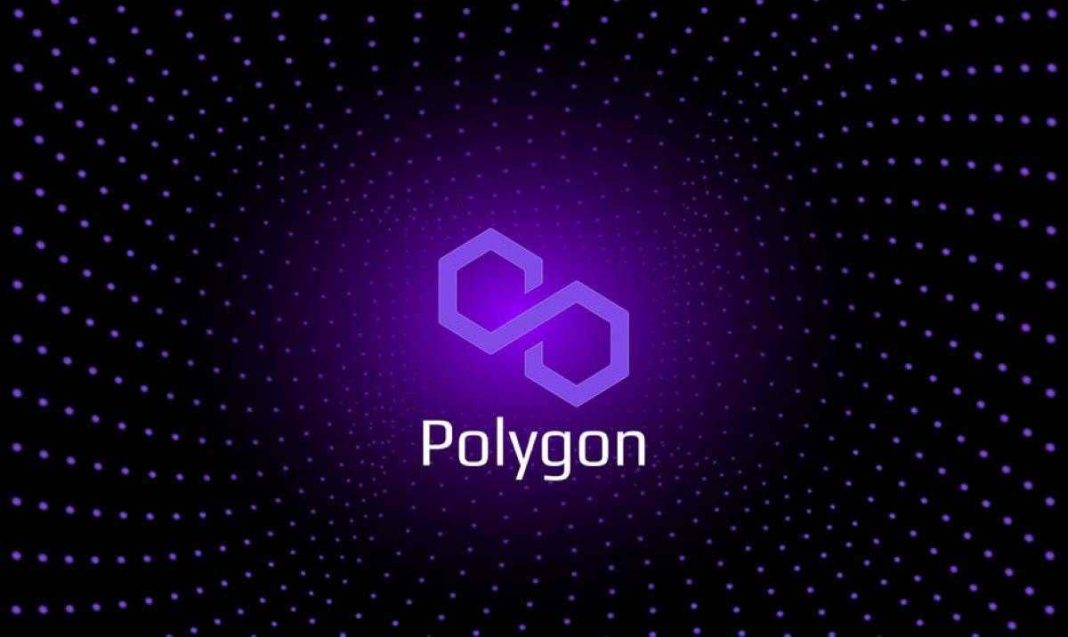In order to provide the Ethereum (ETH) blockchain more flexibility, Polygon (MATIC) was established in 2017. Due to its modular design, it is intended to support the scalability of Ethereum (ETH) in particular. Keep in mind that scalability refers to a network’s capacity to handle a huge volume of transactions. On the blockchain, it involves optimum security, throughput, latency, and transaction times. However, the Polygon (MATIC) network worked successfully during the time when bitcoin market prices substantially fell, when many other ventures stalled.
Numerous projects despite declining pricing
On July 19, a slew of tweets from the Miles Deutscher account discussed the functionality and attributes of the Polygon (MATIC) network. The latter would be among the most fascinating cryptocurrency ventures since it has recently displayed excellent performance despite the market’s adverse trend. You should be aware that significant businesses this year have partnered with Polygon (MATIC), including Meta, Draft Kings, Stripe, Disney, and Reddit.
At the same time, a lot of DeFi projects have decided to expand on Polygon. The network presently contains 275 DeFi projects that are compatible with this. Additionally, its estimated total value locked (TVL) is $1.77 billion. Polygon is the third-largest active protocol and the sixth-largest project in terms of TVL thanks to these numbers.
52 of the 275 projects put on Polygon (MATIC) were constructed directly on the network, which you should be aware of. Additionally, DeFi protocols are not the only ones to use Polygon. Many games and NFTs are supported by the network. The Sandbox, Decentraland, and CyberKongz are some of the platform’s most well-known titles.
Polygon (MATIC) network characteristics
Thanks to its modular and adaptable architecture known as Polygon SDK, Polygon (MATIC) serves as a platform for developers to create and link layer 2 infrastructures. It is a secondary network that speeds up the development of the projects it contains, among other things by using sidechains and hybrid scaling techniques.
Three layers make up Polygon, which uses Proof-of-Stake (PoS) consensus, including the ETH layer, the Bor layer, which handles block production, and the Heimdall layer, which provides support for all validating nodes. As a result, it is a very flexible and scalable network.
You should be aware that the Polygon network is now ranked 10th among ecosystems with the quickest developer growth. Additionally, trading and staking are the two main uses of Polygon’s MATIC token.
This year, the Polygon (MATIC) network has performed admirably, with activity rising while the cryptocurrency market declined. Overall, MATIC’s tokenomics appears to be quite strong. The entire supply of this cryptocurrency is limited to a maximum of 10 billion tokens.



